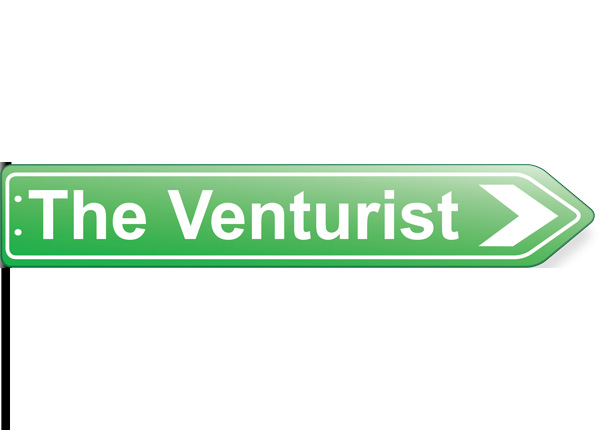
Testing opportunity for viability

Background
In the previous delivery I discussed the matter of finding opportunity. The key take-out was that finding entrepreneurial opportunity essentially involves a process to be followed and its very seldom or rather almost never happen as a lone genius having a “Eureka!” moment. Finding an opportunity is one thing, actually taking the actions to exploit it is the difference between an entrepreneur and a dreamer, so in this delivery I want to look at how to find out rapidly if the opportunity is worth pursuing or not – i.e. testing the opportunity for viability.
The Lean Startup
Formal market research before launching a business is important. It is also expensive and time consuming. Also, asking someone if they will buy or make use of your product or service is one thing, a customer actually buying or using your product is the real proof in eating the pudding. A while ago I attended a talk by an established e-commerce entrepreneur where he told the story of when he was a student and he did some “market research” for a money making scheme he had selling “affordable” shoes on campus. So, he showed some of his fellow students a picture of the shoes, and asked if they would buy it for about N$ 300. After receiving an overwhelmingly “yes” response, he was so confident in his idea being a success, he went an ordered about 2000 pairs of shoes. It eventually turned out that when he actually started selling the “real” shoes, there was always another more pressing expense for students – who are in any case typically low on cash – than buying a pair of cheap shoes (like beer, pizza or airtime…). So, the business failed miserably, but he did end up with 2000 pairs of shoes and a very valuable lesson: What people say they will do, and what the actually do, are not the same thing.
I am not condemning market research at all, but I want to make the reader aware that there are other ways of testing for the viability of an opportunity. One way which I found very intriguing is the “Lean Startup”. Eric Ries, author of “The Lean Startup” and chief architect and advocate of the Lean Startup methodology, explains: “The Lean Startup methodology has as a premise that every startup is a grand experiment that attempts to answer a question. The question is not ‘Can this product be built?’ Instead, the questions are ‘Should this product be built?’ and ‘Can we build a sustainable business around this set of products and services?’. This experiment is more than just theoretical inquiry; it is a first product, referred to a Minimum Viable Product (MVP).”
Building a MVP is a strategy for avoiding the development of products that customers do not want. The idea is to rapidly build a minimum set of features that is enough to deploy the product and test key assumptions about customers’ interactions with the product. It differs from the conventional strategy of investing time and money to implement the whole product before verifying whether customers want the product or not. MVP tests the actual usage scenario in contrast to conventional market research that relies on surveys or focus groups, which often provide misleading results.
It is also important to note that building the MVP and validating it with customers is just the first part of building a successful product. It is not only a product but also a process involving a build-measure-learn feedback loop. After launching your MVP, the real work begins. From there you talk to customers and find out what they like and don’t like about your first attempt. You iterate quickly and try to improve with every step. This loop will happen again and again, as you try to continually find your product/market fit.











































